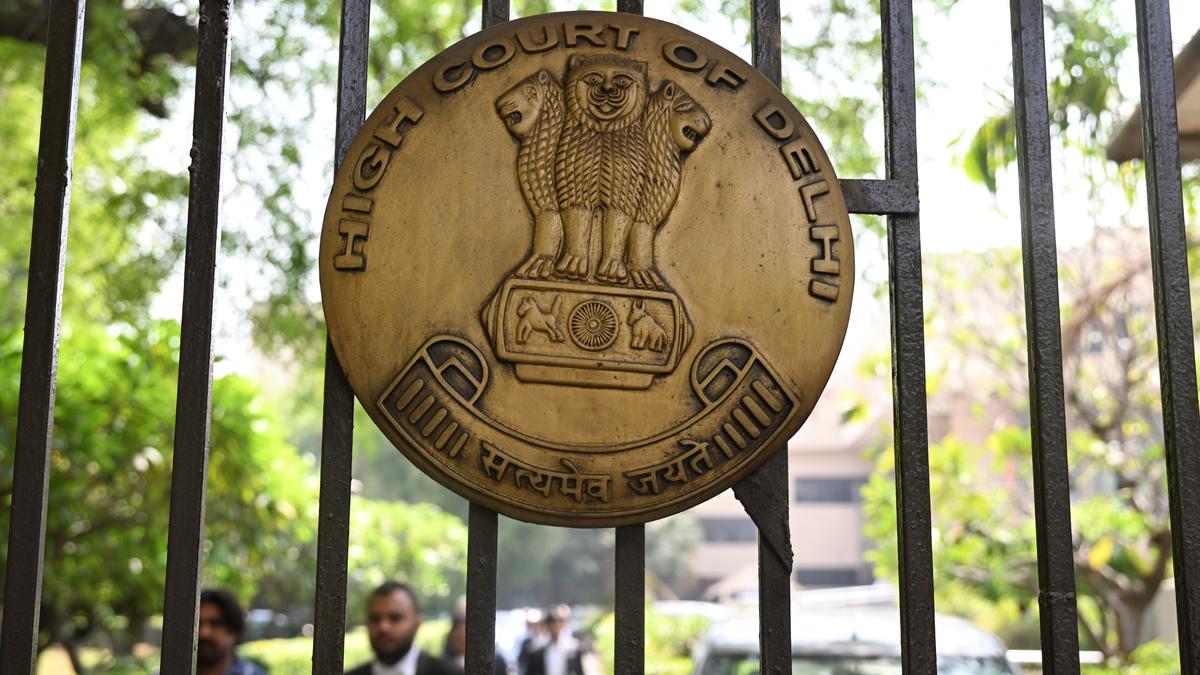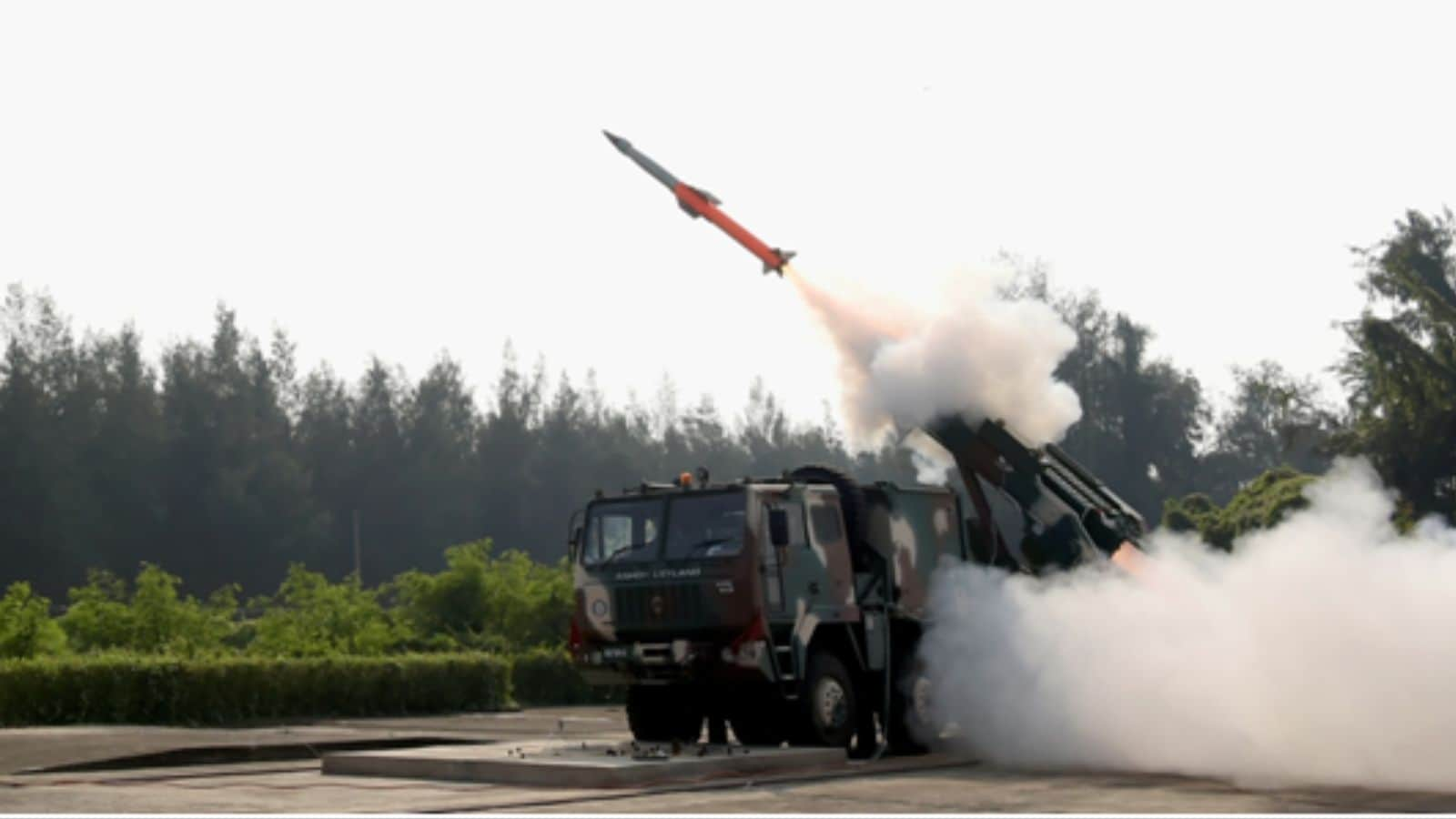In a move that will bring relief to schools affiliated with the Central Board of Secondary Education (CBSE), the board has amended its bye laws, construction of more sections or classes has been delinked from land availability.
CBSE sources told The Hindu that according to the new amendments, the construction of sections or classes will be linked to the total built-up carpet area of the school building instead of land acreage. “This will give liberty to schools to create more sections or classes.”
Earlier, the restrictions placed on the construction of sections based on land criteria created an issue while expanding schools. “The limitation was that the land available with the school cannot be increased. We realised that if we instead link it to Floor Area Ratio (FAR), which is the total amount of usable floor area that a building has, and the total area of the lot on which the building stands, that will give the school liberty to create more sections,” the sources added.
Citing an example, the sources said, “The old laws would have allowed 28 sections on 4,000 square meters, but with the new provisions, a school with 6,000 square meters of built up carpet area can have up to 45 sections.”
Paucity of seats
The amendment also states that the total number of sections permitted at the secondary level, which is Class Nine and Ten, and at the senior secondary level, which is Class Eleven and Twelve, shall comprise one fourth of the total number of sections.
“For instance, if a school comprises 12 sections from Class One to Twelve , the proportion of Class 9 and 10 sections is 16% if there is a section for each grade. This has been maximised to 25%, which means that there can be additional sections for Class 9 and 10. This amendment is similarly applicable for Class 11 and 12. This will help accommodate more students from neighbouring schools that only function until Class 8,” according to CBSE sources.
Shortage of land
The amendments come in response to the feedback received from schools that there are areas where there is an acute shortage of land availability, and schools face functional difficulties to increase additional sections beyond the permissible limit even when there is a demand for new admissions. “The schools also find it difficult to meet the section student ratio of 1:40 with pressure for new admissions but are unable to add additional sections due to the limit of permissible sections as per land criteria,” the CBSE circular states.
CBSE sources also stated that they have set the limit for Class 9 and 10 and Class 11 and 12 sections at a fourth of the total number of sections to address the issue of paucity of available seats in neighbourhood schools (if a school that the child is studying in is only until Class Eight, which requires him/her to seek a transfer). “We have amended the bye laws as children otherwise are required to travel long distances to attend school…it severely impacts the child’s over all development and sense of belonging. Sitting for long hours during commute contributes to a sedentary lifestyle, increasing the risk of health issues. Besides, a child gets less time to spend with family directly impacting learning outcomes and academic performance. This is leading to inhibition in the organic growth of schools and in the implementation of National Education Policy 2020,” the circular states.



.png)
.png)
.png)
















 20 hours ago
7
20 hours ago
7










 English (US) ·
English (US) ·